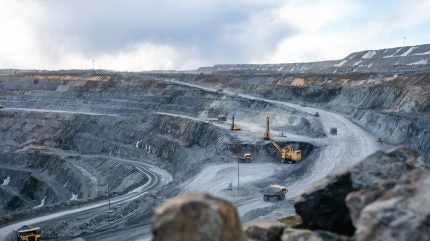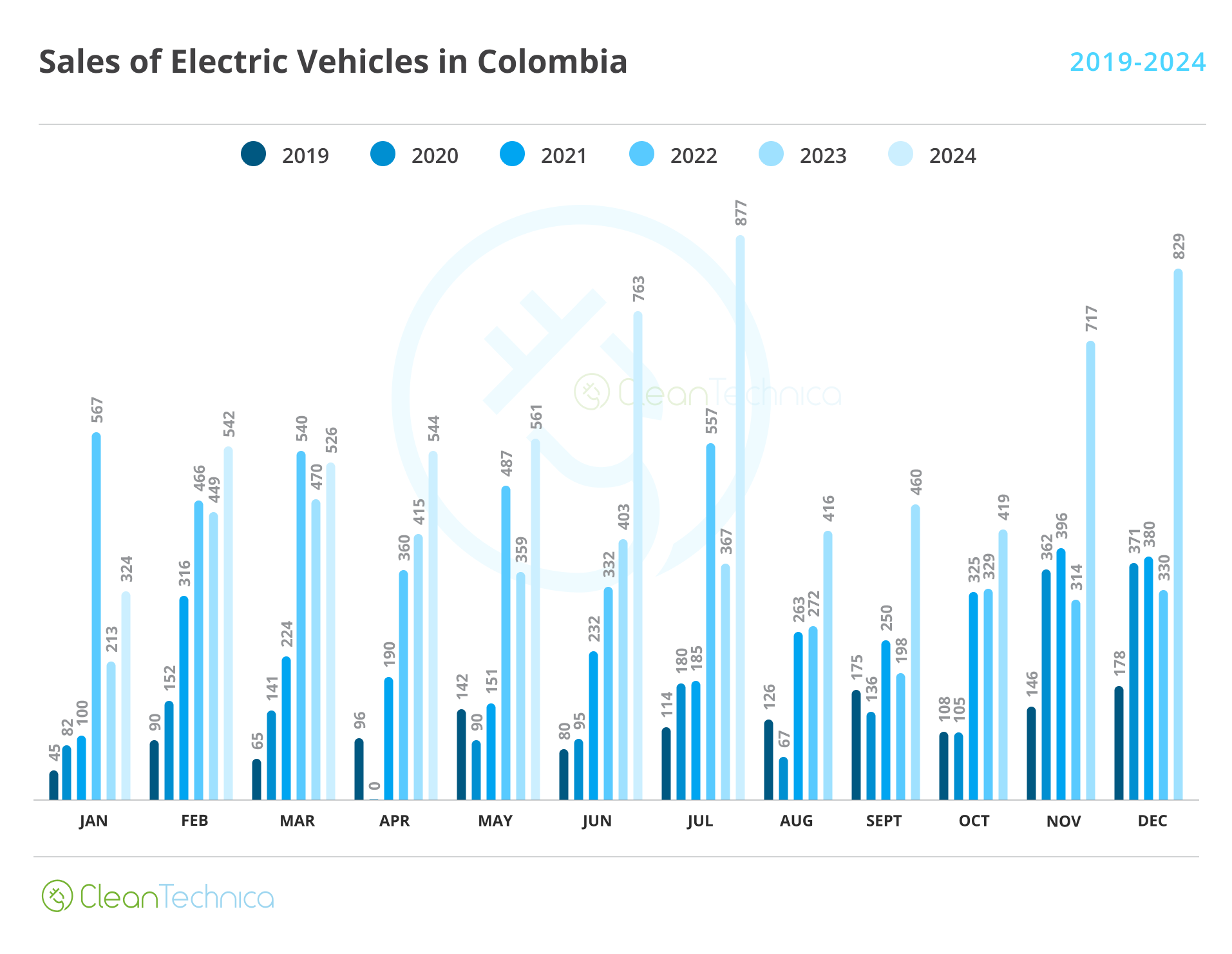Sign up for daily news updates from CleanTechnica on email. Or follow us on Google News!
Do you remember Roseanne Roseannadanna (played by Gilda Radner) from Saturday Night Live during the late 70s? Her skits usually ended with “It’s always something.” In the past 5 years, the world was rocked by the Covid-19 virus, which singlehandedly dismantled much of the global supply chain and caused consumer prices to shoot up dramatically as things like cars and computer chips were in short supply. The virus is long past its peak and its effects are starting to wane, but it has one last kick in the pants for consumers on the way out the door — ballooning car insurance rates.
Yahoo! Finance reports that car insurance costs were 20.3% higher in December than they were a year earlier, with the average annual premium costing $2,542, according to Bankrate. That’s the biggest jump in car insurance costs to show up in government data since 1985.
While the pandemic is over, some economic distortions are still moving through the pipeline and auto insurance is one of them. Car insurance inflation has actually gotten so high that it’s now affecting Federal Reserve decision making about when it’s safe to declare victory over inflation and start thinking about interest rate cuts. The answer seems to be — not quite yet.
Covid And Car Insurance
Like a multi-car pileup, Covid-19 triggered a chain reaction of supply and demand distortions in the automotive industry that’s still uncoiling. Supply chain snafus and a semiconductor shortage meant fewer new vehicles were manufactured in 2021 and 2022. The result was the usual outcome when demand exceeds supply — soaring prices. The average cost of a new car spiked by 22% from March 2021 through December 2022, according to Cox Automotive.
Americans are paying nearly $50,000 on average for a new car but that’s just for starters. It’s always something, and that something is that more expensive cars cost more to maintain and repair. Predictably, maintenance and repair costs began to surge about a year after car prices took off.
Other factors not related to supply and demand are part of the story too. Newer cars are crammed with sensors and other electronics that cost more to fix when there’s a problem. Global warming is causing more severe weather and more vehicles are being damaged as the result of floods and storms. Also, Americans actually drove faster during the pandemic when the roads were clearer, a habit that seems to have stuck around and is now causing more severe accidents. When the final results are in, we will find that about 40,000 Americans died in traffic accidents last year.
Insurers are now catching up and raising premiums to account for the unexpected losses of the last several years. Car insurance isn’t usually a headline item economists focus on, but it’s enough of the typical family budget to cause problems when it’s rising by a lofty 20%. Car insurance accounts for 2.5% of the goods and services the government measures when calculating inflation, just slightly less than gasoline. Everybody is hypersensitive to the price at the pump, bur few are as aware of changes to their auto insurance premiums.
Better News Ahead
The good news, Yahoo says, is that the price of consumer goods have begun to fall, with a slight drop in the cost of all goods from August through December of last year. That’s likely to continue. The rising costs of services is the only thing keeping inflation from dropping back to the Federal Reserve’s 2% target. Service inflation is still 4.9% year over year, keeping overall inflation at 3.4%.
The biggest service category is housing, which is still rising at an uncomfortable 4.8% per year. But there’s real time data showing that the cost of new leases has been declining for several months, which will soon start to show up in the lagging government data as a moderation or even outright decline in rent and housing inflation.
That makes car insurance and other auto-related types of inflation far more important than usual. Tom Lee of investing firm Fundstrat points out that in the latest inflation data, the rising cost of auto insurance alone accounted for one fifth of the rise in “core CPI,” which is the underlying level of inflation excluding volatile food and energy prices. “That is punching way above its weight,” Lee wrote in a January research note.
After the Fed’s latest interest rate meeting, Chair Jerome Powell pointed out that while goods inflation is falling, services inflation is not. “The services sector would have to contribute more,” he said, meaning that lower services inflation will be necessary for the Fed to relax about inflation. He didn’t single out car insurance, which counts as a service, but he certainly could have, given that it may be the only major category where inflation is in the double digits and getting worse, not better.
The cost of homeowners insurance is also rising, for some of the same reasons, namely rising home value and worsening weather that’s causing more destruction. That hasn’t stopped many insurance companies from investing in fossil fuels, however, which may strike you as being rather two faced to charge more for damages caused in part by the companies they choose to invest in.
In government data, the cost of homeowners insurance is bundled in with shelter and not broken out, so it’s hard to measure as easily as car insurance. Bankrate, however, says the average annual homeowner’s premium rose by 18% during the last year to $1,687. That takes a smaller bite out of the typical paycheck than car insurance, but it stings all the same, creating a double whammy for people who have to insure both a car and a home.
Automotive costs do seem to be turning a corner. The cost of a new car has drifted down by about 2.3% from the peak it hit at the end of last year. Maintenance and repair costs are flattening out. Since insurance costs lag, they could start to moderate or drop within a year or two. Once prices have gone up, of course, businesses like to keep them there, so it could take aggressive price shopping by consumers and demanding discounts to bring insurance costs back down.
The Takeaway
This story hit home for me because, lo and behold, my insurance premiums recently jumped about 20 percent. I was actually unaware of the change because its’s car insurance, you know? The bill comes in, you pay it, and then you move on. But this time it went up by quite a lot, enough so that I called the company to ask why. I got what you would expect, a recitation about how losses have increased lately and yadda yadda yadda.
During the call, the agent suggested a few ways to reduce my premium somewhat, which I did, so I am now back more or less to where I was before the rates increased. Which is not to say my coverage is cheap. Because my wife and I work from home, we only put about 5000 miles a year on our car. The bill still comes to about 50 cents a mile, which shocks me when I analyze it that way.
Car insurance is something you don’t want to be without. Damage to your car is the least of your worries. Being sued by someone else for personal injury can put your home and all your assets at risk. That’s really what makes having insurance so important. Still, a 20 percent rate increase is substantial.
The rate of inflation may have eased a little but the cost of living for most Americans is up more than a third since before Covid. A bump in car insurance is just one more brick in the load American families are carrying. As Roseanne Roseannadanna would say, “It’s always something.”
Have a tip for CleanTechnica? Want to advertise? Want to suggest a guest for our CleanTech Talk podcast? Contact us here.
Latest CleanTechnica TV Video
I don’t like paywalls. You don’t like paywalls. Who likes paywalls? Here at CleanTechnica, we implemented a limited paywall for a while, but it always felt wrong — and it was always tough to decide what we should put behind there. In theory, your most exclusive and best content goes behind a paywall. But then fewer people read it!! So, we’ve decided to completely nix paywalls here at CleanTechnica. But…
Thank you!
CleanTechnica uses affiliate links. See our policy here.




